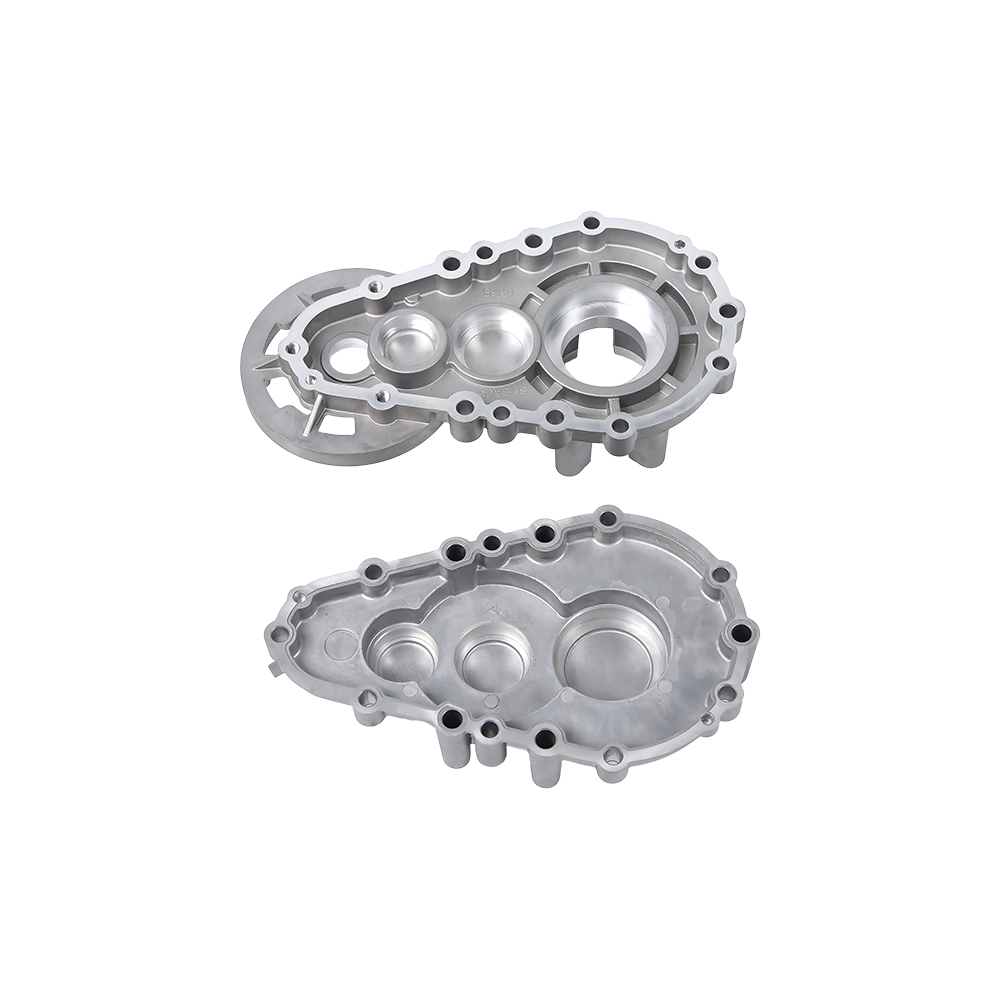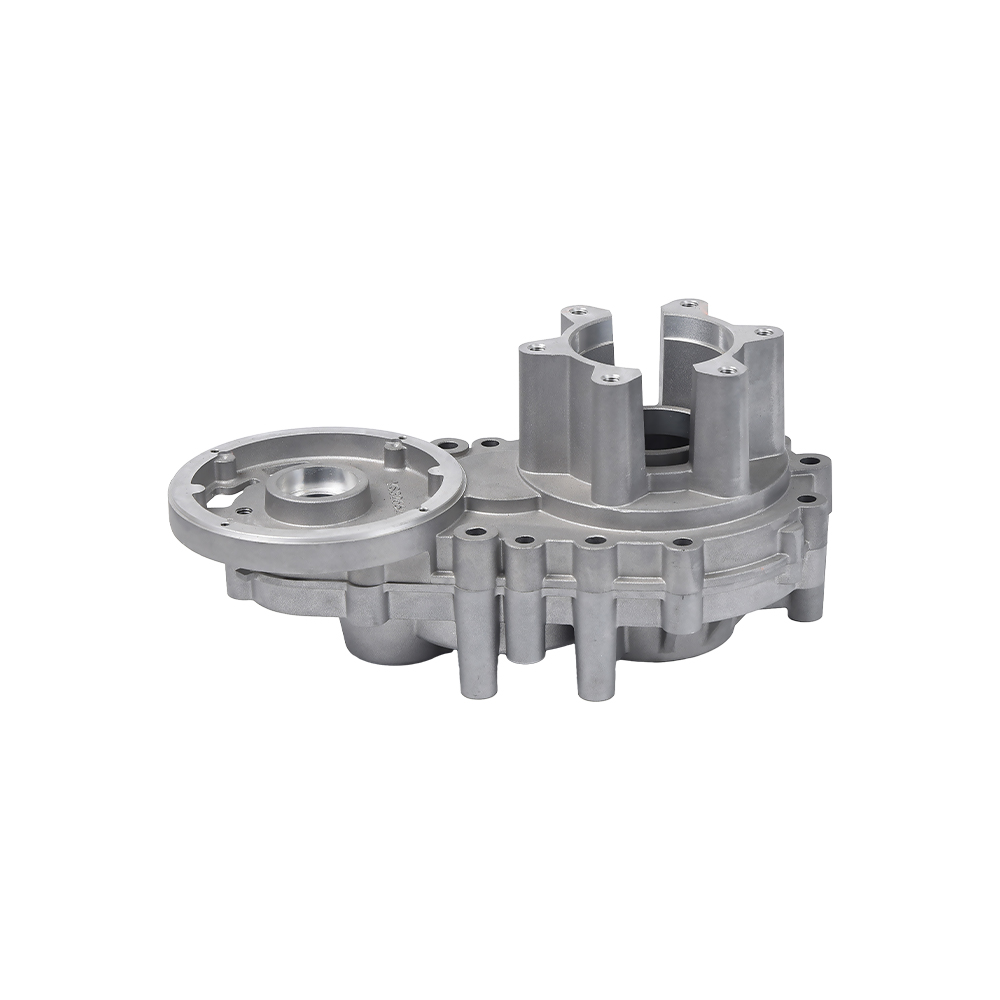The motorcycle crankcase can assist in heat dissipation to a certain extent. Although it is not the main cooling system component (such as air-cooled or water-cooled radiators), its structure and material design can help reduce engine temperature. The following is a point by point introduction:
1、 The principle of auxiliary heat dissipation in motorcycle crankcase
Metal material has strong thermal conductivity
The crankcase is usually made of aluminum alloy, which has good thermal conductivity and can transfer the heat generated by internal moving parts to the external air.
Large contact surface, conducive to heat dissipation
The volume of the crankcase is relatively large, and the outer surface is exposed to the air, naturally forming convective heat dissipation. Especially during driving, the airflow takes away heat faster.
Internal oil circulation takes away heat
The lubricating oil inside the crankcase absorbs the heat generated by components such as the crankshaft and connecting rod during flow, and then conducts some of the heat to the outer wall of the crankcase through oil circulation, forming an indirect heat dissipation path.
Linkage design with cooling system (some models)
In some air-cooled or water-cooled models, the crankcase may also be combined with active cooling structures (fan cowls, water channel interfaces) to enhance its heat dissipation capability.
2、 Factors affecting the heat dissipation effect of the crankcase
Material type: Aluminum alloy has good heat dissipation performance, while cast iron is relatively poor.
Surface structure: Some high-performance engines will design heat dissipation ribs or fins on the outer wall of the crankcase to increase the heat dissipation area.
Driving speed and ventilation conditions: Vehicles with high-speed driving or air-cooled structures have a more significant heat dissipation effect from the crankcase.
Lubricating oil condition: Good oil circulation not only lubricates, but also helps to remove heat and maintain stable box temperature.
3、 The practical significance of auxiliary heat dissipation
Reduce engine operating temperature and extend crankshaft and bearing life.
Reduce oil temperature rise and maintain lubrication effect.
Improve the overall thermal balance performance of the engine and avoid local overheating.

 English
English русский
русский Español
Español










